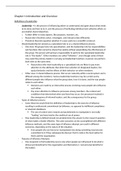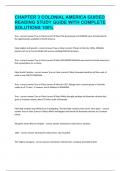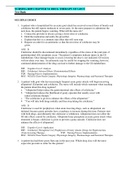Samenvatting
Summary Leadership Studies (incl. articles, book chapters and additional PBL notes)
- Instelling
- Erasmus Universiteit Rotterdam (EUR)
This is a summary of all relevant theory for the Leadership Studies course. It includes article summaries, book chapter summaries and additional notes made during PBL (Problem-based learning).
[Meer zien]










